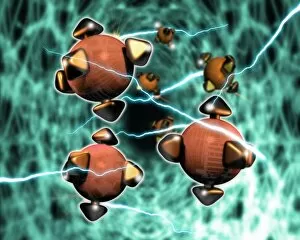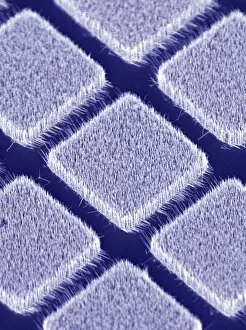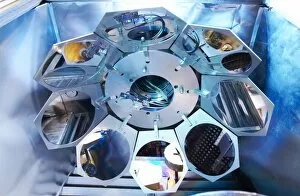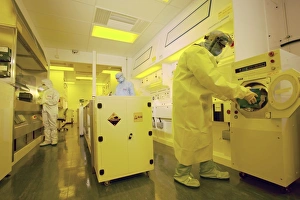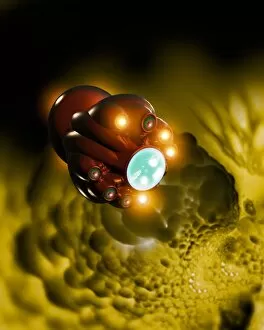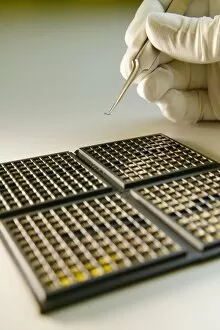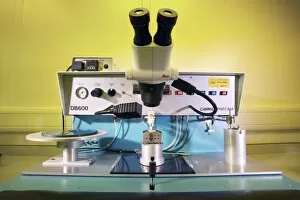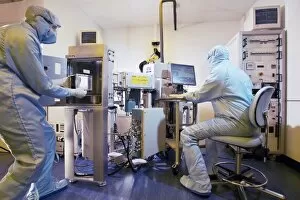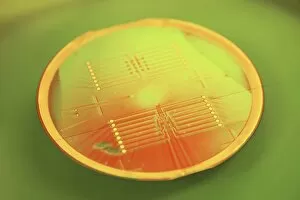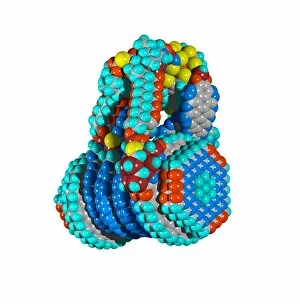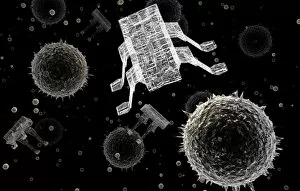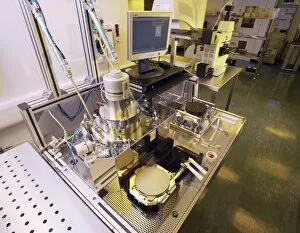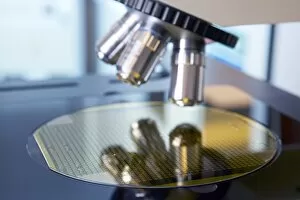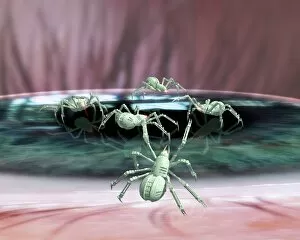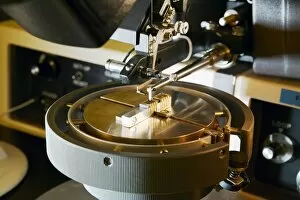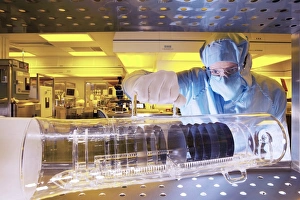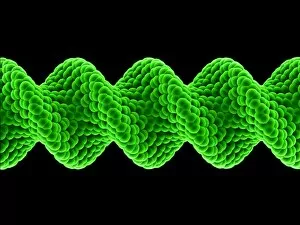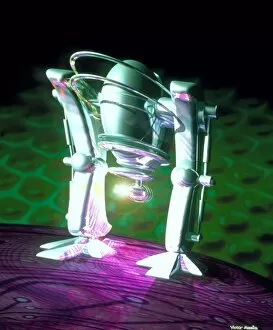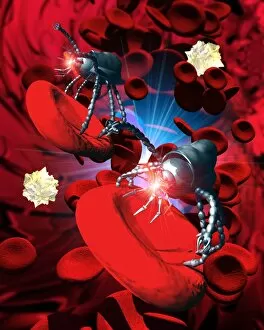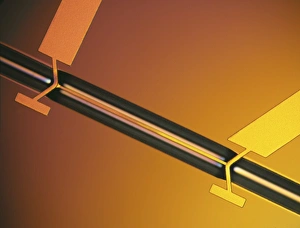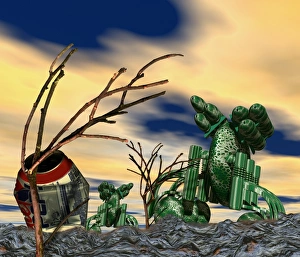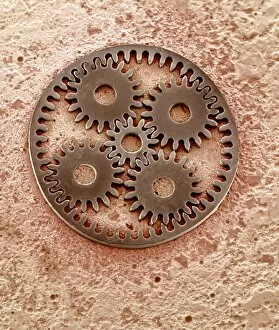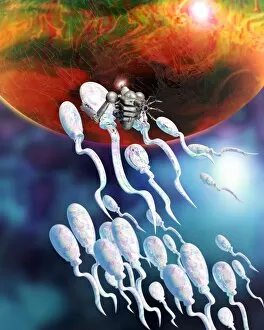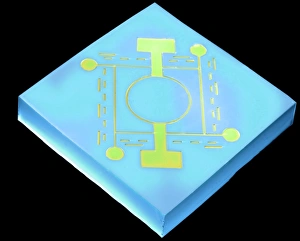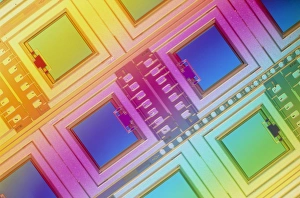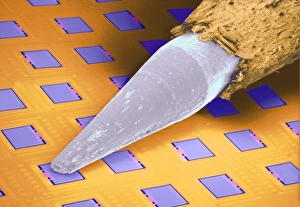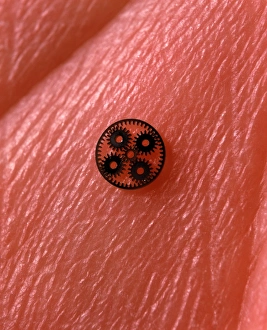Micromechanical Collection
Micromechanical wonders are revolutionizing the fight against cancer, as nanorobots emerge as powerful warriors in the battle
All Professionally Made to Order for Quick Shipping
Micromechanical wonders are revolutionizing the fight against cancer, as nanorobots emerge as powerful warriors in the battle. These tiny marvels, equipped with advanced technology and precision engineering, hold immense potential to combat this deadly disease. In a world where every second counts, nanorobots act as microscopic soldiers attacking cancer cells at their core. With their nano bearings meticulously crafted and delicately designed artwork C013/9992 adorning their surface, these minuscule heroes navigate through the human body with unparalleled accuracy. The production of these groundbreaking MEMS (Micro-Electro-Mechanical Systems) involves rigorous quality control measures. Gallium nitride nanowires are intricately examined under a scanning electron microscope (SEM), ensuring flawless performance. Metal evaporation techniques further enhance their durability during MEMS production. Chemical etching plays a vital role in shaping these remarkable creations during manufacturing processes. The intricate external connections enable seamless communication between nanorobots and medical professionals monitoring them from outside. Machined silicon wafers serve as the foundation for MEMS production, allowing precise fabrication of each component. Furnace processing ensures that these micro wonders possess unmatched strength and resilience to withstand harsh conditions within the human body. Like nimble submarines navigating through uncharted waters, nanorobots dive deep into tissues to eradicate cancerous cells without causing harm to healthy ones. As we witness this micromechanical revolution unfold before our eyes, hope surges within us for a future where cancer is no longer an insurmountable foe. Through relentless innovation and cutting-edge technology like never before seen on such a minute scale, humanity takes another step towards conquering one of its greatest challenges - saving lives from the clutches of cancer using micromechanical prowess.

